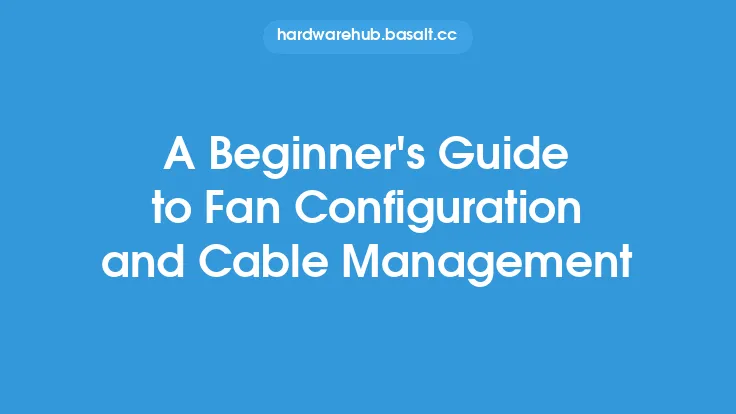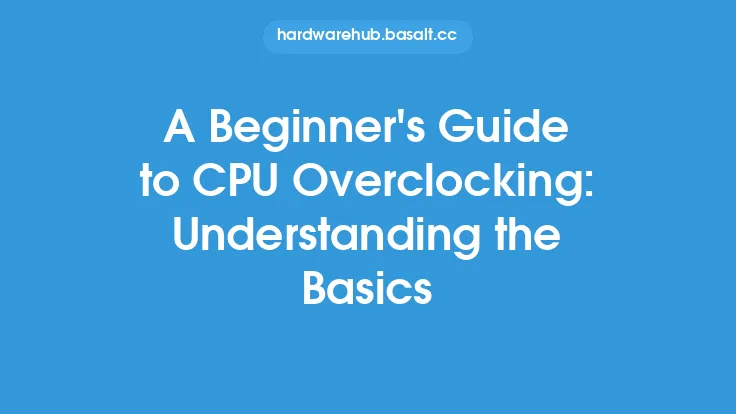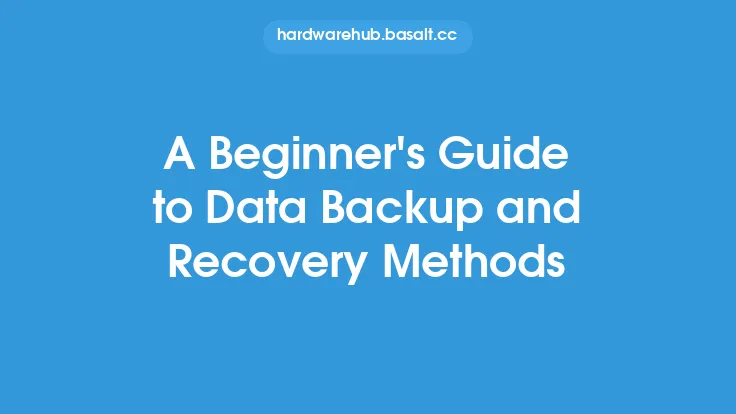Storage management is a critical aspect of maintaining a healthy and efficient computing environment. It involves the process of planning, monitoring, and controlling the storage resources of an organization to ensure that data is properly stored, protected, and accessible. Effective storage management is essential for organizations of all sizes, as it helps to improve system performance, reduce costs, and minimize the risk of data loss.
Introduction to Storage Management Concepts
Storage management concepts are the foundation of a well-designed storage infrastructure. These concepts include data storage devices, storage protocols, and storage architectures. Data storage devices refer to the physical devices used to store data, such as hard disk drives (HDDs), solid-state drives (SSDs), and tape drives. Storage protocols, on the other hand, define the rules and standards for data transfer between devices, such as Fibre Channel, iSCSI, and NFS. Storage architectures refer to the overall design and organization of the storage infrastructure, including the use of storage area networks (SANs), network-attached storage (NAS), and direct-attached storage (DAS).
Key Storage Management Terminology
Understanding key storage management terminology is essential for effective storage management. Some common terms include capacity, which refers to the total amount of data that can be stored on a device; throughput, which refers to the rate at which data can be transferred; and latency, which refers to the time it takes for data to be accessed. Other important terms include redundancy, which refers to the use of multiple copies of data to ensure availability; replication, which refers to the process of creating multiple copies of data; and backup, which refers to the process of creating a copy of data for recovery purposes.
Storage Management Technologies
Several storage management technologies are available to help organizations manage their storage resources. These technologies include storage virtualization, which allows multiple physical storage devices to be presented as a single logical device; storage tiering, which allows data to be moved between different types of storage devices based on performance and capacity requirements; and thin provisioning, which allows storage capacity to be allocated on demand. Other technologies include data deduplication, which eliminates duplicate copies of data; compression, which reduces the size of data; and encryption, which protects data from unauthorized access.
Storage Management Best Practices
Effective storage management requires a set of best practices that help organizations to optimize their storage resources. These best practices include monitoring storage usage and performance; implementing a storage management plan; and using storage management tools to automate tasks and improve efficiency. Other best practices include implementing data protection policies, such as backup and replication; using storage virtualization and tiering to improve performance and capacity; and regularly reviewing and updating storage management policies and procedures.
Storage Management Tools and Software
Several storage management tools and software are available to help organizations manage their storage resources. These tools include storage resource management (SRM) software, which provides a centralized view of storage resources and allows administrators to monitor and manage storage usage and performance. Other tools include storage virtualization software, which allows multiple physical storage devices to be presented as a single logical device; and data protection software, which provides backup and replication capabilities. Additionally, many storage vendors provide their own storage management tools and software, which can be used to manage and optimize their specific storage devices.
Conclusion
In conclusion, storage management is a critical aspect of maintaining a healthy and efficient computing environment. By understanding key storage management concepts, terminology, and technologies, organizations can optimize their storage resources and improve system performance, reduce costs, and minimize the risk of data loss. Effective storage management requires a set of best practices, including monitoring storage usage and performance, implementing a storage management plan, and using storage management tools to automate tasks and improve efficiency. By following these best practices and using the right storage management tools and software, organizations can ensure that their storage resources are properly managed and optimized to meet their evolving needs.





